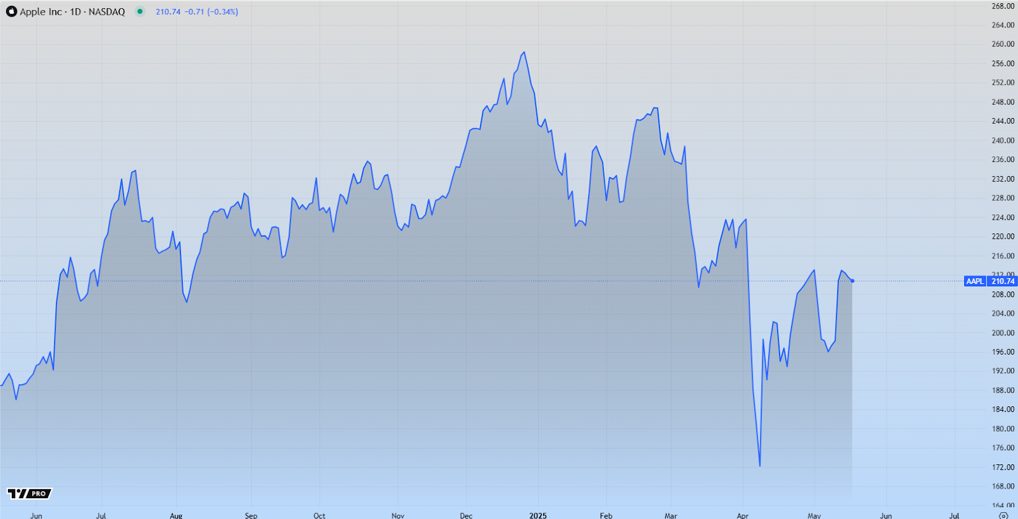As every aspect of the aviation industry grows more digital and more complex, aviation software has never been more important. From pricing fares and scheduling routes to optimizing maintenance schedules, this software creates the foundation of the modern aviation industry.
But really understanding how this software impacts the industry requires some closer observation. So let’s dive into how these tools are used, some examples, and how to select one that meets your needs.
How does using aviation software affect the industry?
There’s hardly an area of the aviation industry not touched by software today. But there are three key areas where it has really changed everything.

Operational efficiency
Modern aviation is incredibly complex. The planes are complex, with tens of thousands of interconnected components that get stressed by daily usage. The routes are complex, with global weather, events, and all manner of unexpected events affecting them hourly.
All of this is why aviation software is designed to help analyze all of this data to help make better operational decisions. So, for example, it can determine the optimal time to perform maintenance on planes, maximizing the lifespan of parts and minimizing costly downtime. It can account for a sudden storm causing delays in one region and determine the optimal response for flight routes.
Even small improvements here can translate into massive savings for airlines. That’s without mentioning the benefits of improved safety. Just consider how removing a single olive from salads saved one airline $40,000 a year and it should be clear how much of an impact even marginal operational improvements can have.
Global Connectivity and Collaboration
While much of the work gathering and using data on a global scale is automated, human collaboration is also vital. Sometimes, you need person-to-person communication to convey information or solve a problem immediately. This is where aviation software enables people to share other important information to make better decisions.
For example pilots can speak with ground crews or maintenance teams to ask a question about a potential issue. A booking agent can speak with another booking agent to confirm a policy or ask for input on how to handle an issue. All of this helps aviation professionals of all kinds provide better service and handle daily challenges more easily.
Data-Driven Decision-Making
The ability of aviation software to gather and analyze millions or even billions of data points has revolutionized the industry. This enables companies to not just collect, but actually use all of this information effectively. That was simply impossible before the onset of advanced algorithms.
This is in part what fuels the operational improvements discussed above, but it’s also useful for strategic decision-making. Having easy access to all this information enables aviation industry leaders to better predict what’s happening in the industry and how they should adapt.
The cumulative result is not just better decisions being made on the ground for crews, booking agents, etc. It also ensures entire organizations are better able to decide where to invest, how to structure themselves, and better understand what their customers want.
What are some good examples of aviation software?
You may actually be surprised what constitutes aviation software. For example, weather forecasting software is absolutely essential for helping pilots navigate safely and effectively to their destinations. Other common pieces of software are for simple things like payment processing.
However, better known examples include software designed to optimize aircraft maintenance schedules. Here the goal is to ensure parts are replaced or serviced before they cause issues by studying historical data.
Other examples might include software for training pilots and air crew, and even the software that’s used to fly the planes themselves.
Choosing the right aviation software for your industry
With so many types of aviation software, how can companies decide where to invest their limited resources? The most fundamental question is what type of aviation software you need. Consider the potential benefits of better aircraft maintenance, better training, optimized flight routes, etc.
But answering that question will also need to happen when comparing the software options themselves. Here you need to decide whether an off-the-shelf solution is sufficient or whether custom aviation software development might be required to meet your unique needs.
For example, do you want advanced AI algorithms to analyze your data and make predictions? Do you need specific APIs to integrate software with other tools you use? Does your software need to comply with any specific regulations?
From this point, you’ll want to discuss those needs with the developers or sellers of the software you’re considering. Be sure to think not just about your needs today, but how those needs are likely to evolve in the future. Changing software solutions can be cumbersome and expensive, so ensuring the solutions you choose are adaptable is exceptionally important.
About Guest Author
 Dilyan Dimitrov is Tech writer and aficionado with a passion for writing about the latest developments in software and business. With years of experience covering a wide range of topics, from cutting-edge gadgets and software to industry trends and innovations, Dilyan brings a deep understanding to his work at Dreamix. Whether he’s breaking down complex concepts for a general audience or diving into the latest tech trends, he strives to deliver accurate content and thought-provoking insights.
Dilyan Dimitrov is Tech writer and aficionado with a passion for writing about the latest developments in software and business. With years of experience covering a wide range of topics, from cutting-edge gadgets and software to industry trends and innovations, Dilyan brings a deep understanding to his work at Dreamix. Whether he’s breaking down complex concepts for a general audience or diving into the latest tech trends, he strives to deliver accurate content and thought-provoking insights.





